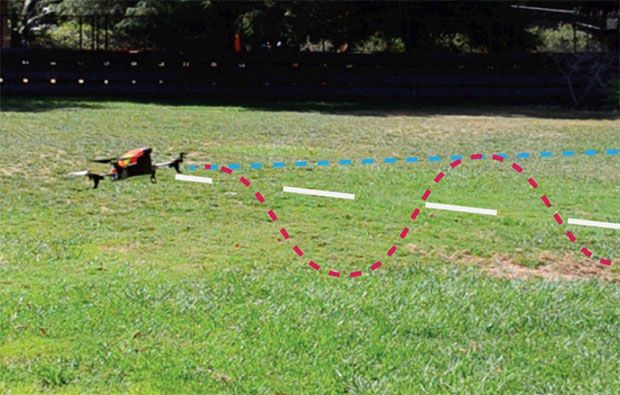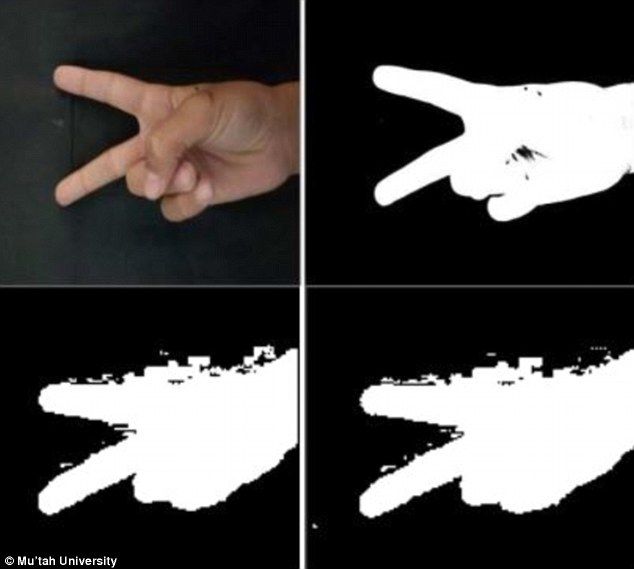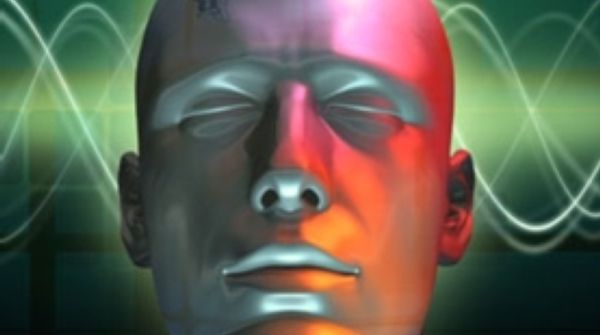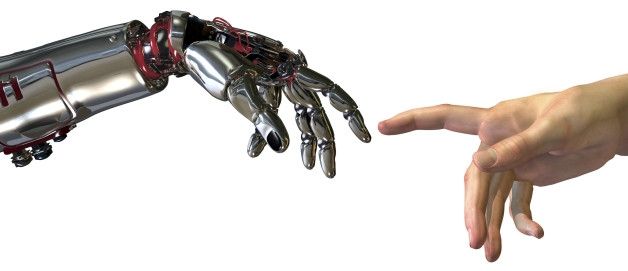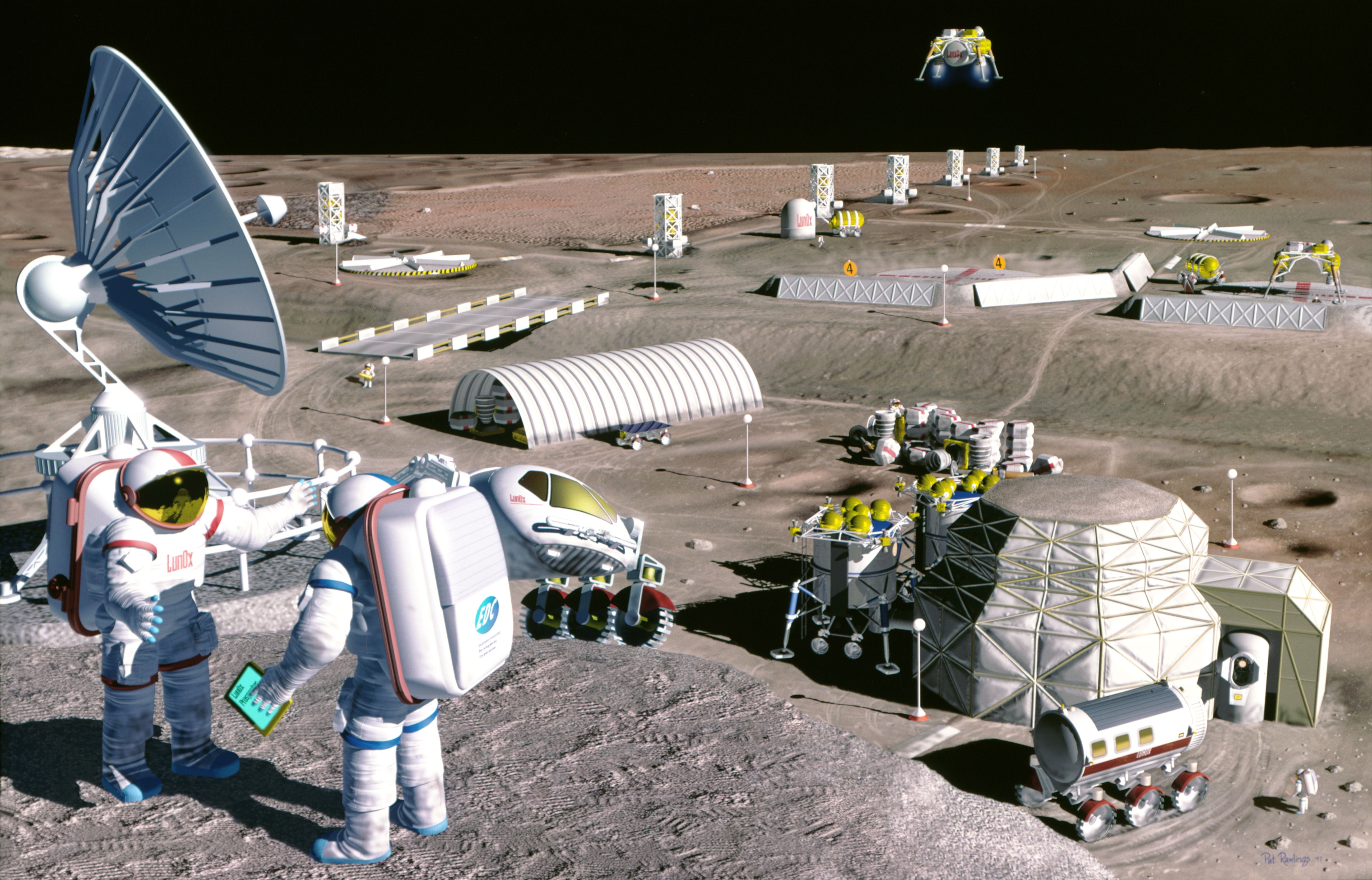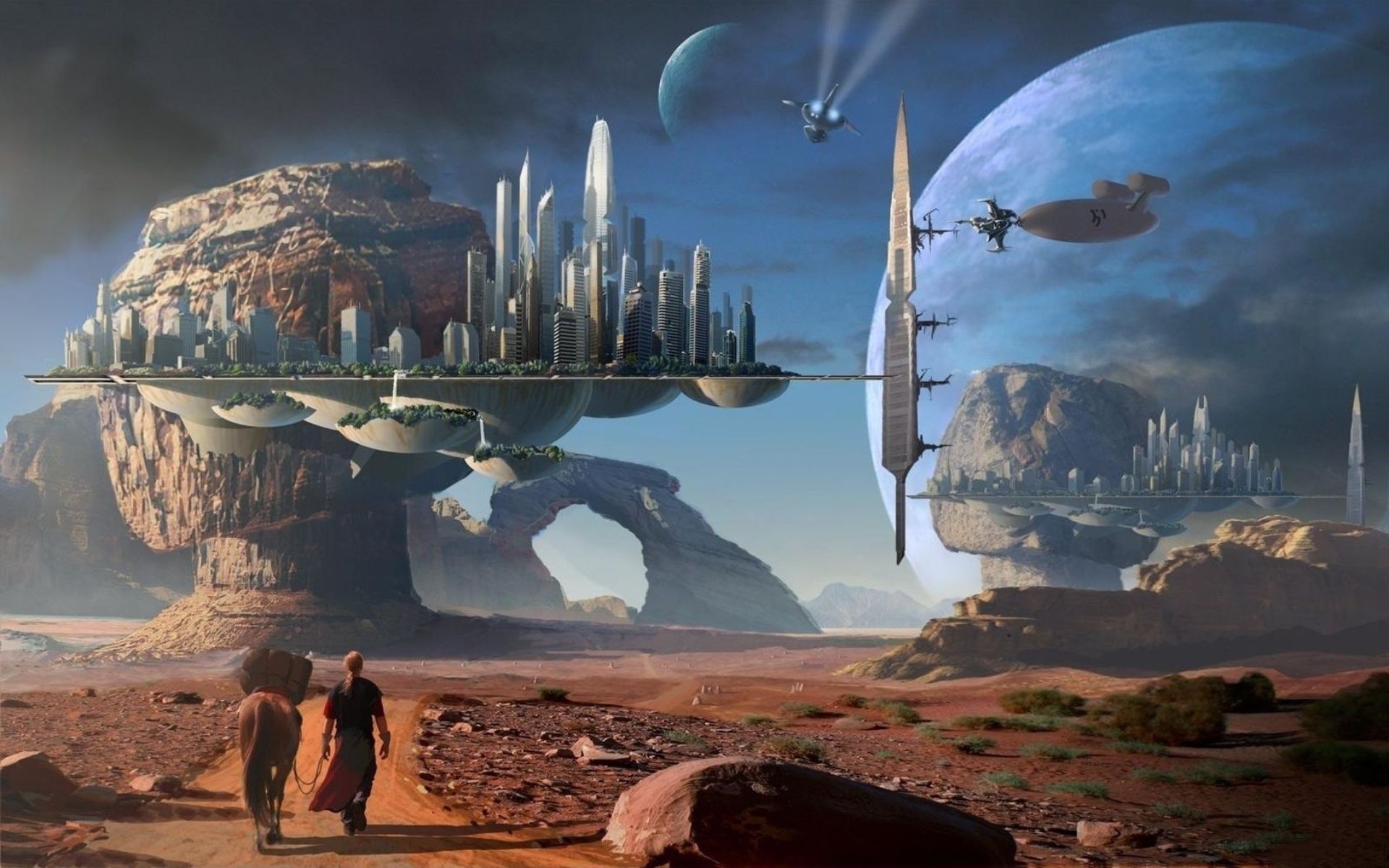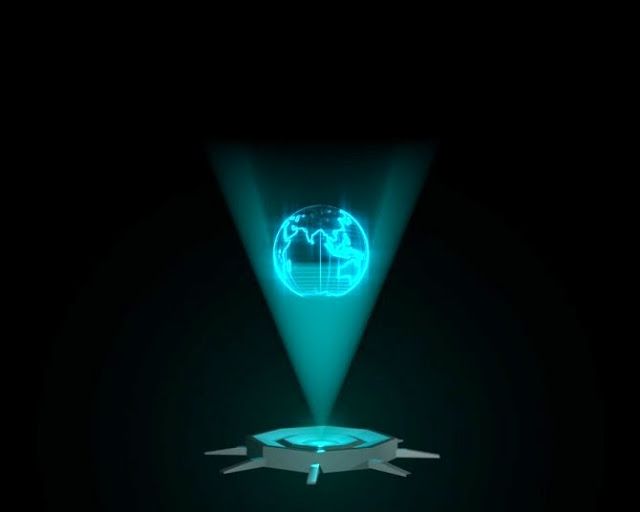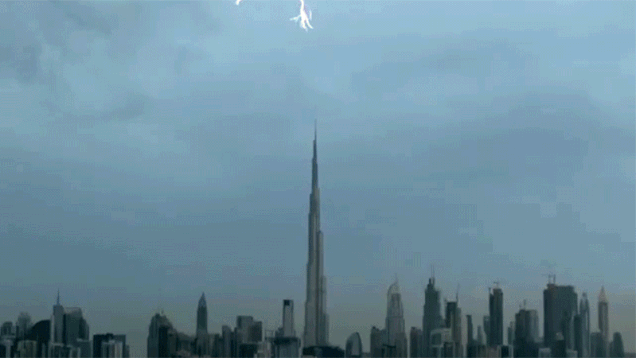Mar 10, 2016
Why You Want Your Drone to Have Emotions
Posted by Karen Hurst in categories: drones, employment, robotics/AI
I like this article; why? Because if I plan to make any investment into a robot that is my personal assistant, or housekeeper, or caregiver, etc. I want to ensure that they fit my own needs as a person. Many of us have taken some sort of a personality profile for work; interview for jobs where you were reviewed to be a “fit” culturaly, etc. as well as met people 1st before you hired them. So, why should be any different from the so called “humnoid robots?” And, this should be intriguing for some of us where only 6% of your gender thinks and processes information like you do.
Emotional behaviors can make your drone seem like it’s an adventurer, anti-social, or maybe just exhausted.
Continue reading “Why You Want Your Drone to Have Emotions” »
